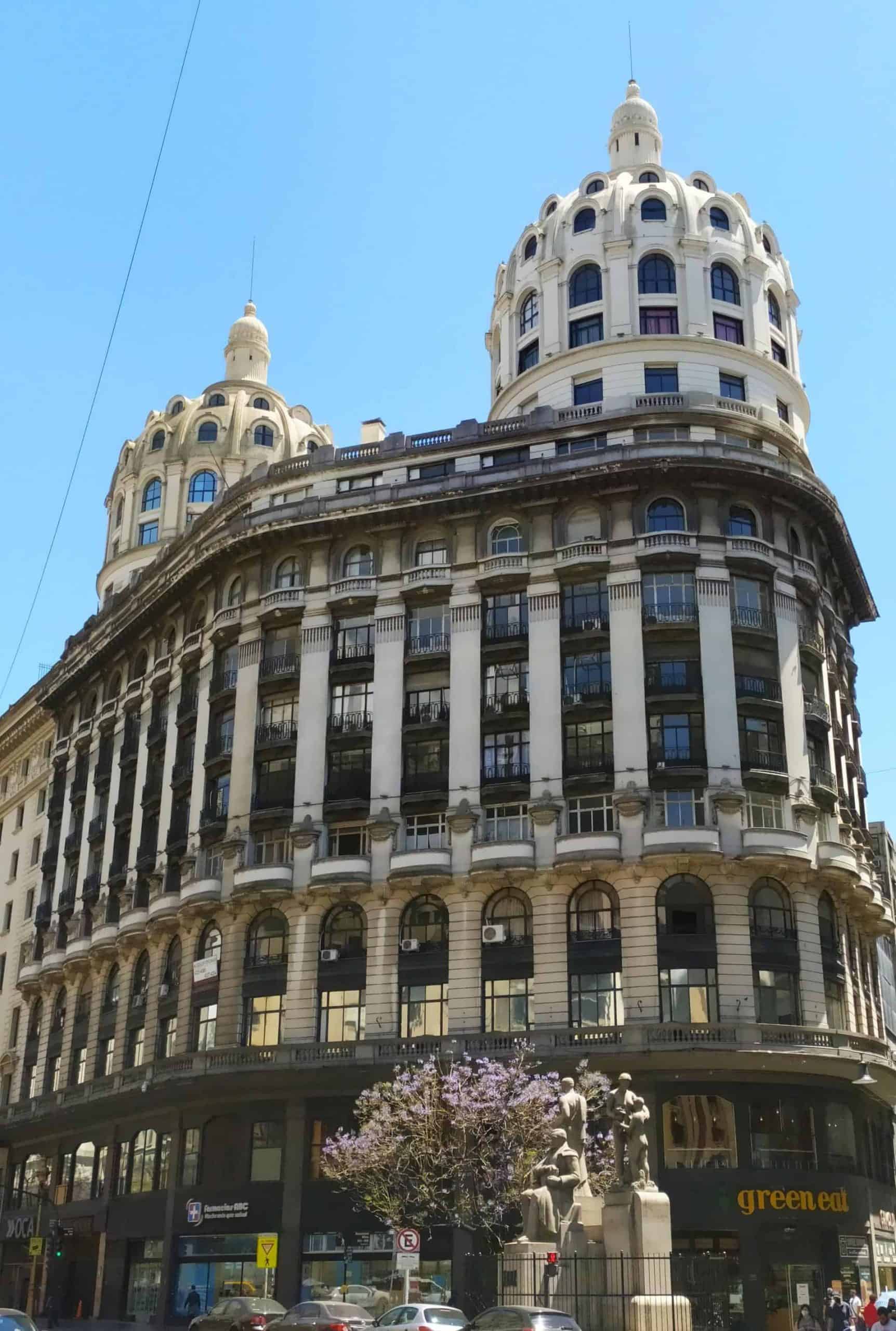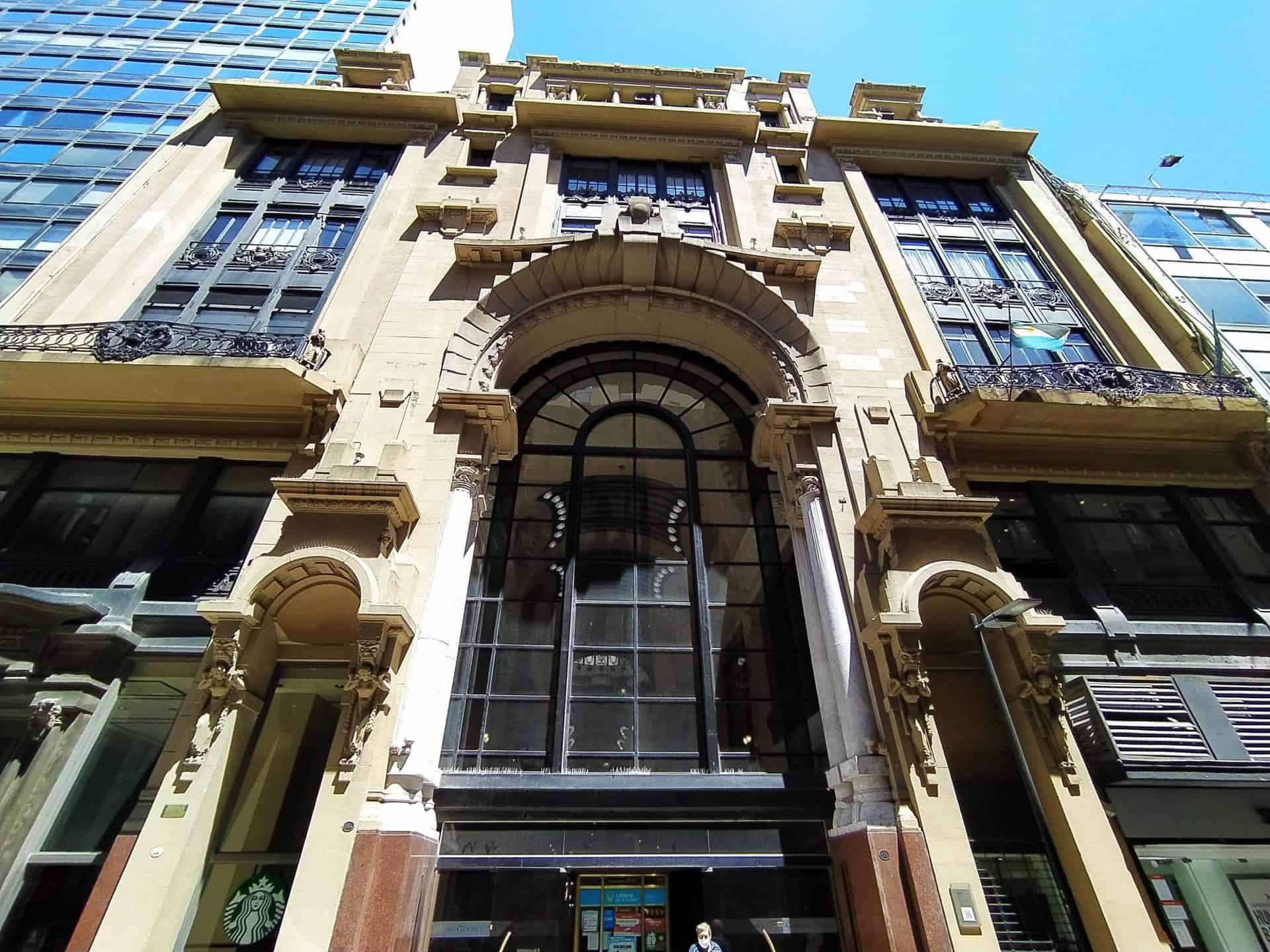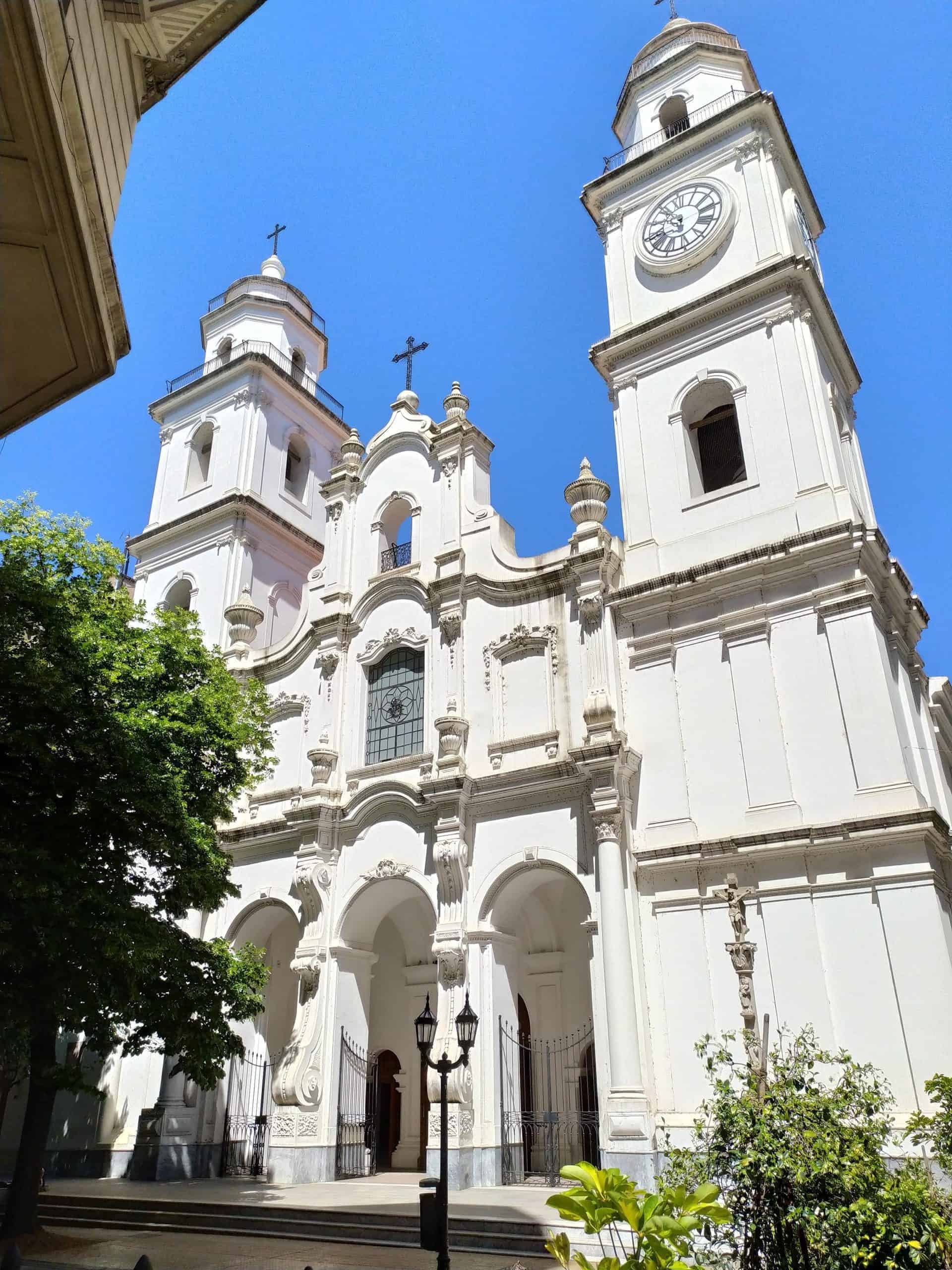Our tour explores the foundation of Buenos Aires, the dramatic years of Perón and Evita, and the Belle-Époque palaces of its boulevards.
The theme of our tour will be change: from the humble beginnings of the city as a backwater of the Spanish empire to its transformation into a rich, modern and cosmopolitan metropolis. Our walk will show us the past and present of Buenos Aires and will also focus on the architecture, known for its diversity and eclecticism.








